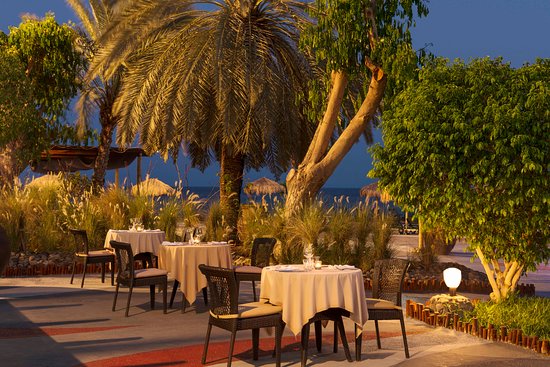Djibouti
WELCOME TO Djibouti
Country Overview
Djibouti City
23,200 km2
988,000
French, Arabic

Popular
Geography and Tourist Attractions
Information about the country's tourist attractions, including popular destinations, events, and activities.

Lac Assal

Goda Mountains

Day Forest National Park
Political
Economy and Government
Djibouti, located strategically at the entrance to the Red Sea, possesses a mixed economy with the government playing a significant role. The country's economy is driven by three main sectors: services, industry, and port-related activities. Djibouti serves as a regional trade hub due to its favorable geographic location and modern port infrastructure, making it a vital link for international trade and transshipment.
The government of Djibouti has implemented policies to promote economic diversification, attract foreign investment, and develop key sectors such as transportation, logistics, and tourism. Infrastructure development projects, including the expansion of ports and the construction of railways and free trade zones, aim to enhance Djibouti's connectivity and further boost economic growth.
Politically, Djibouti is a semi-presidential republic. The president serves as the head of state, and the prime minister is the head of government. The government maintains a strong presence in the economy, overseeing key sectors and promoting state-owned enterprises. Djibouti has a stable political environment, and the government has prioritized economic development, poverty reduction, and social welfare programs to improve the livelihoods of its citizens.
Foreign investments, particularly from China, have played a significant role in Djibouti's economic growth in recent years. The government continues to focus on maintaining political stability, improving governance, and attracting investments to foster sustainable economic development and provide opportunities for its population.
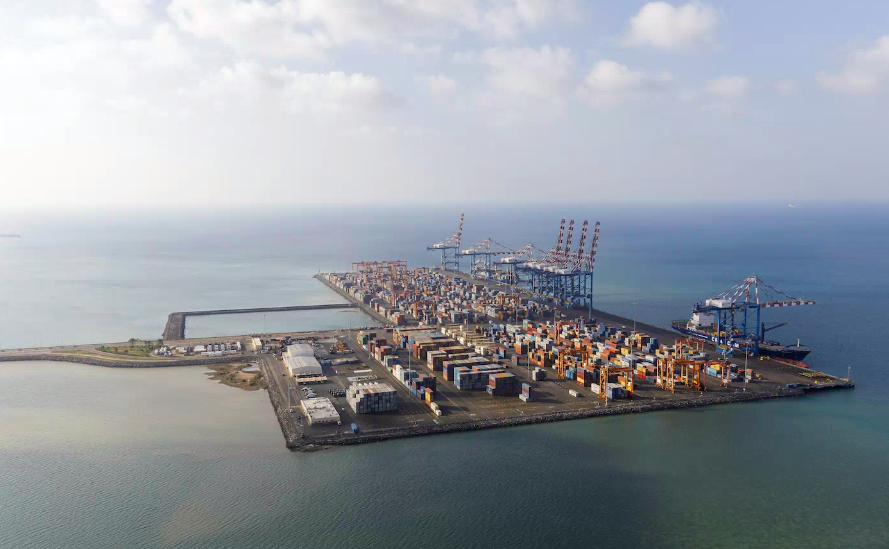
History
History and Culture
Djibouti's history is a tapestry of cultural influences, trade routes, and colonial legacies. Situated at the crossroads of Africa, the Middle East, and the Indian Ocean, Djibouti has been a hub for various civilizations throughout the ages. The region was inhabited by ancient civilizations and experienced the rise and fall of empires, including the Axumite, Ottoman, and French colonial periods.
The cultural fabric of Djibouti reflects a fusion of African, Arab, and French influences. The Somali, Afar, and Issa communities are the major ethnic groups, each contributing to the country's vibrant cultural heritage. Traditional nomadic customs, such as camel herding and intricate handicrafts, continue to be part of Djibouti's cultural identity.
Islam is the predominant religion in Djibouti, shaping the country's customs, values, and way of life. Mosques and Islamic architecture, such as the Grand Mosque of Djibouti, are prominent cultural landmarks.
Music, dance, and oral traditions are integral to Djiboutian culture. Traditional dance forms like the Dikhir, a religious dance, and the Raïleh, a spirited dance performed by the Afar community, showcase the country's rich artistic expressions.
Djibouti celebrates various cultural festivals, including the Festival of Independence on June 27th, which marks the country's liberation from French rule. The annual Djibouti International Film Festival showcases local and international cinematic works.
Preserving cultural heritage and promoting national unity are priorities for the Djiboutian government. Efforts are underway to protect ancient archaeological sites, revitalize traditional art forms, and promote cultural tourism.
Overall, Djibouti's history and culture blend ancient traditions with modern influences, creating a unique and diverse cultural tapestry that reflects the country's rich heritage and vibrant present.
HOTELS
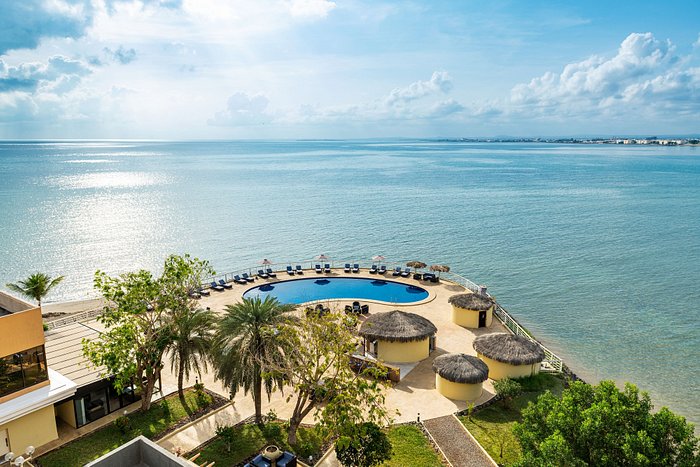
Sheraton Djibouti Hotel
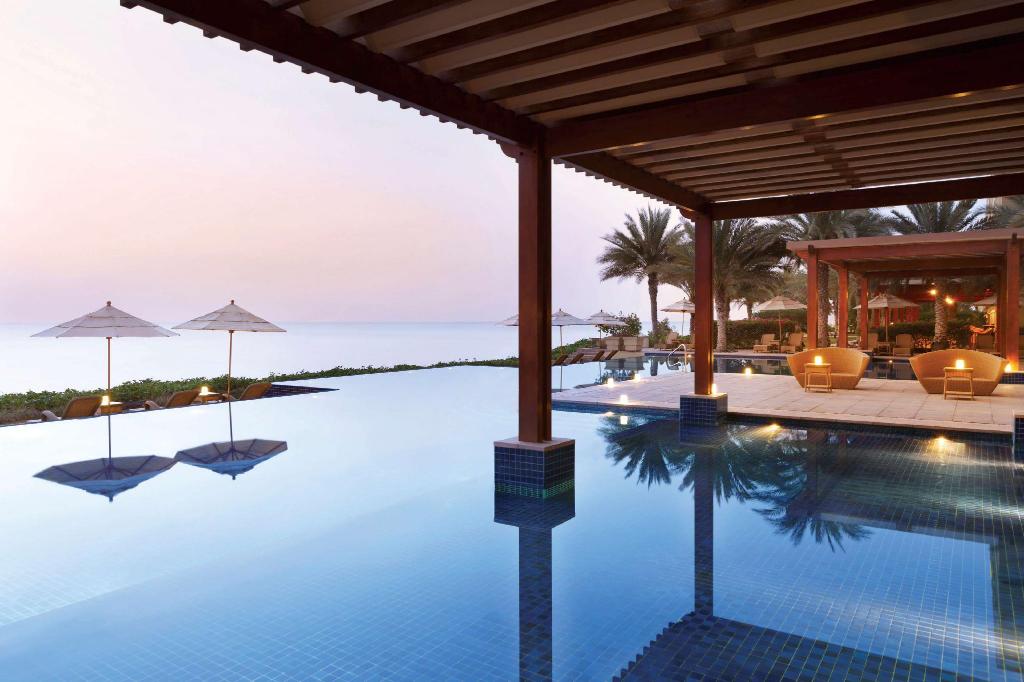
Djibouti Palace Kempinski
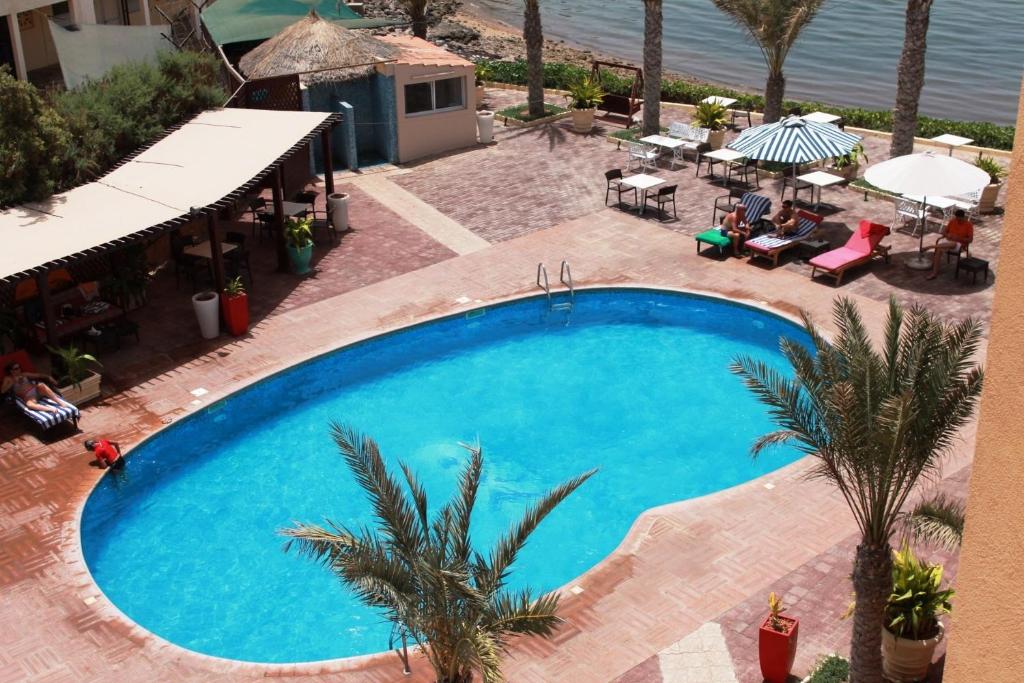
Acacias Hotel Djibouti
RESTAURANTS
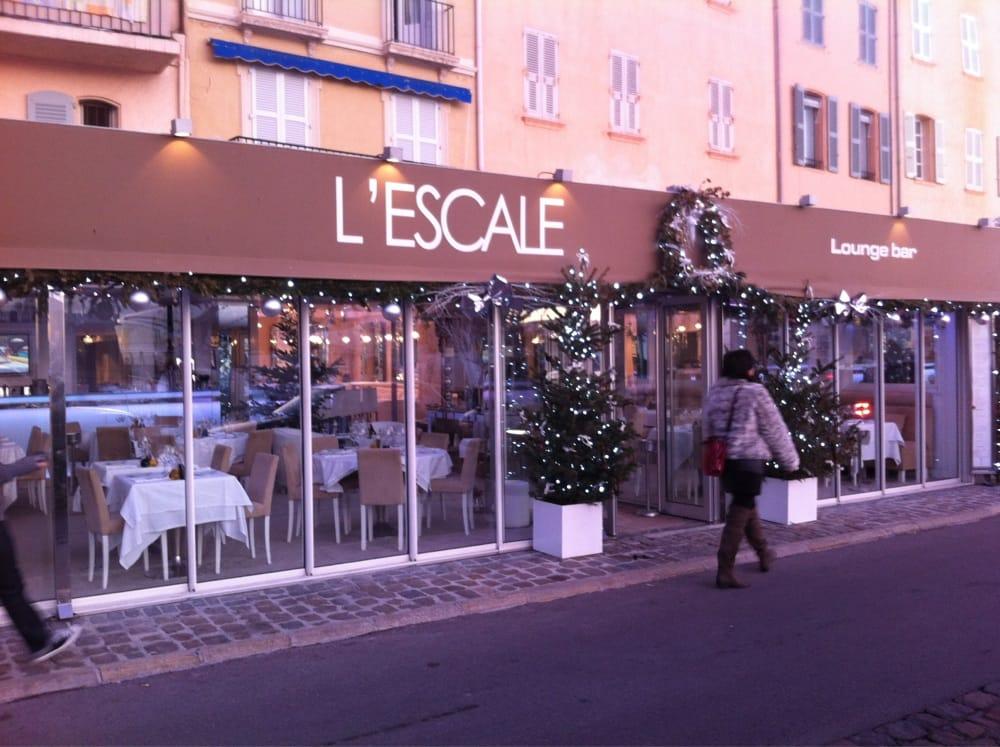
L'Escale Restaurant
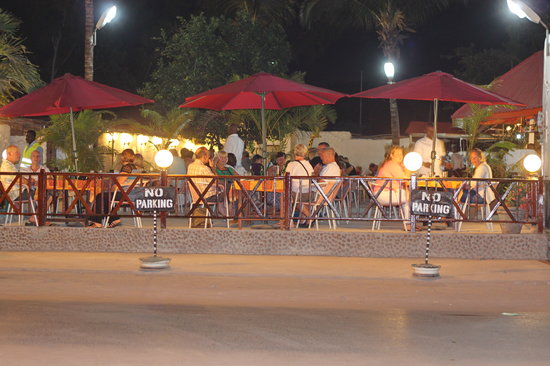
Ali Baba Restaurant
